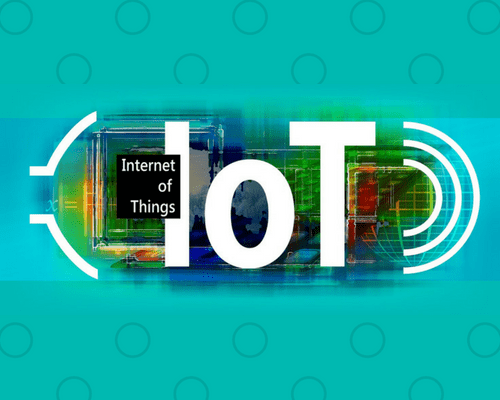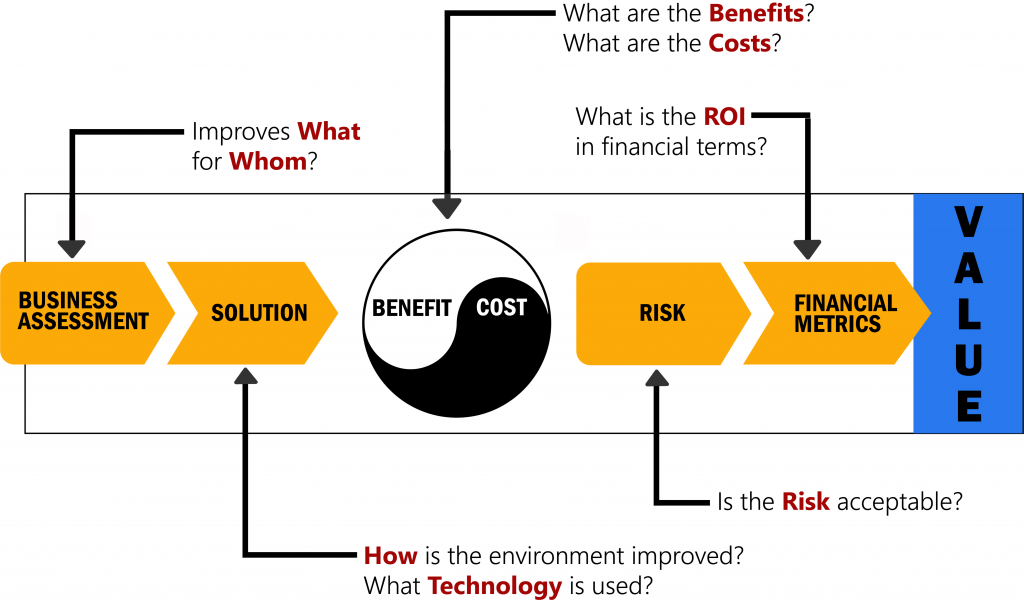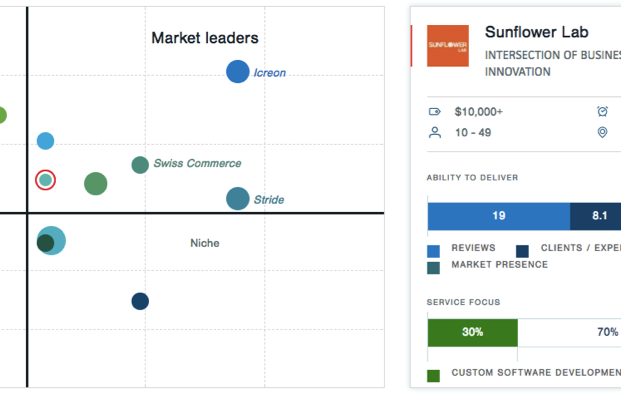Questions to ask while planning your Internet of Things transformation process – Tips how to build your IoT project and what issues to avoid.
The Internet of Things is helping many companies gain new and vital insights how their businesses run. Digital sensors are being embedded in product offerings ranging from tea and coffee makers to refrigerators, television sets and even aircraft engines to gain valuable insights required to understand and plan further growth of operational processes and product quality.
IoT applicability is growing by the day. Organizations desiring to benefit from IoT transformation have to start with a project – an IoT project. So how do they get started? Answering a few questions may help them to work out their IoT project in a more organized manner.
Area 1: Organization
Do you have an IoT team?
An IoT team is usually multi-tasking and cross-functional with interdisciplinary skill sets i.e. it is composed of individuals having knowledge about IoT application development using disruptive technologies, networking, designing system architectures, database storage, and retrieval etc. Moreover, the team members should possess the experience required to kick start the project and keep it running by making optimum usage of technologies made available to them.
Integration of IT and IoT processes and teams
While IoT functions as a strong front-end and captures vital data from different sources, it is the IT department and processes that actually make use of that data to generate important insights. IoT and IT processes have to work in tandem to produce tangible actionable results.
Therefore, both the processes require to be integrated in the correct manner to make IoT work.
Right leadership
Teams need project leads to guide them in the correct direction. An IoT project lead requires an understanding of both IT and IoT core processes to make informed decisions and assign proper work to the team. The project lead should also possess strong management skills to understand the strength and weaknesses of team members and get work delivered in the right manner and at the right time.
Area 2: Strategy
Is your project “sandbox” flexible?
IoT technologies may be disruptive in nature but they’re still evolving. There are still many unknowns regarding the applicability of technologies in real life scenarios. Depending upon the business model of the organization and the nature of project deliverables, there could be a probability that the team might face certain technical issues and may require time to resolve them. The management should work out a budget keeping these uncertainties in mind and maintain enough funds to sustain the project until it completes and starts delivering profits.
Do you have a strategic IoT roadmap?
An IoT roadmap is not that easy to envision or build – it’s much harder than creating product roadmaps using “standard” or “normal” technologies in the market today. IoT systems can be complex. Each and every layer of the technology stack concerning device hardware components, device software, communications and protocols, cloud platforms and applications, etc. needs to integrate and work in a streamlined manner so as to create a workable IoT solution. The roadmap should be flexible enough to answer current IoT challenges and still maintain enough scope to address future IoT challenges.
How To Chart An IoT Road Map?
What are the essential elements for designing an IoT strategy? What kind of capabilities do you need? What are the roadblocks and how can you overcome them?
Does your IT infrastructure have enough scope to consume IoT processes?
The size of data collected by IoT processes can increase exponentially over time and eventually servers with large storage capacities and faster processing times will be needed to keep the IoT processes functional. So, do you plan to have a central data repository and a dedicated network to collect and process IoT data, or are you planning to use an edge computing approach in which separate facilities shall monitor, collect and analyse the data? How do you plan to address security and governance related issues?
How strong is your IoT vendor partnership
Many organizations prefer to outsource certain or all aspects of IoT transformation to vendors specializing in IoT development. Development of IoT processes and implementing them may take time so it is important to select an IoT project development vendor who can fulfil your requirements on a long-term basis.
It is recommended to carefully “vet” the vendor before finalizing the partnership.
Area 3: IoT Security, compliance and governance
Do you have an IoT compliance statement?
Since IoT has to manage devices connected in huge data networks, every company is required to support a large set of compliance standards to ensure that the data transmitted over the network is not breached. A lack of compliance can result into grave consequences – the company may have to pay huge amounts in the form of damages and fines, and it may lose its reputation as well as loyal customers. Therefore, company managements should have its legal department draft a proper usage rights and compliance statement, along with any disclaimers and indemnity clauses to avoid lawsuits and claims.
How do you plan to secure your IoT devices and network?
IoT cannot exist without supporting devices and networks. Unlike payment gateways using SSL certification to safeguard your financial transactions over the net, there is no consensus or standards that can guide you in following the best practices for safeguarding your IoT ecosystem. Device manufacturers may provide security features or patches to secure data transmission but such features need to be tested for reliability. In most cases, IoT networks have to be secured using unique or indigenously designed processes to prevent “harmful” breaches from occurring due to intentional or unintentional human intervention.
Do you have a disaster recovery and/or a business continuation plan?
Any technology, however reliable, might fail due to some or the other reason. Most companies have a DR plan that is implemented when it happens. IoT is not an exception. Because IoT presents unique security challenges, the CIOs and other personnel responsible for DR planning should employ a proactive approach and design an effective standby and recovery process until the IoT ecosystem becomes functional again.
Does your organization plan to have an IoT audit function?
Most large companies have an internal audit department which analyses whether an organisation’s risk management, governance and internal control processes are operating effectively or not, and in case of any operational defect, it pinpoints the root cause and suggests effective remedies. Ideally the audit department should also include IoT processes in its workflow and recommend best practices to make sure that the security, logging, internal controls and other important IoT functions are operating properly at all times.
Area 4: IoT Organizational buy-in
Are the company’s top-level executives and board members on board with the IoT project?
IoT processes are complex and need full participation of top-level executives as well as the technical team for successful execution of the project. The CEO, CIO, board members, investors and top-level people involved with the IoT transformation process should be aware about the importance and value of the transformation, and support it wholly. Their involvement can go a long way in making transformation successful.
Overcoming IoT Development Challenges: Business Objectives, Security and Big Data
From conceptualization to after-product launch, IoT development challenges can stop a project in its tracks. Here’s the top challenges developers face and how to overcome them.
Have you defined the business value cases for IoT?
Any technology upgrades or transformation processes, especially those involving change management, are always expensive and managements have to allocate a special budget to make them happen. For a business, it is important to realize the value of transformation over time and earn from it to justify the investment. The top-level managements should be clear about when and how, i.e. the manner in which the benefits of transformation should be reaped. Use cases can help people in understanding the monetization process and how business value is availed after transformation. Therefore, it is important to define proper use cases.
Do you have a process for measuring the ROI of your IoT project?
Business working can be simple or complex based upon the company’s business model and work related dynamics. All processes have to work in tandem to generate a profit, and it is equally important to keep tabs upon how that profit is generated – the source of revenue generation and the manner in which it is generated. Organizations have to do this to measure the productivity levels of operational processes, how much capital is spent to upkeep those processes and how much profit does a particular business process generate.
IoT is not an exception and its processes – the IoT services offered and the ecosystem itself – have to be monitored for productivity and cost effectiveness. You need to have a well-defined process to measure the contribution of IoT processes in generating the ROI for the organization.
You might also like
Stay ahead in tech with Sunflower Lab’s curated blogs, sorted by technology type. From AI to Digital Products, explore cutting-edge developments in our insightful, categorized collection. Dive in and stay informed about the ever-evolving digital landscape with Sunflower Lab.





